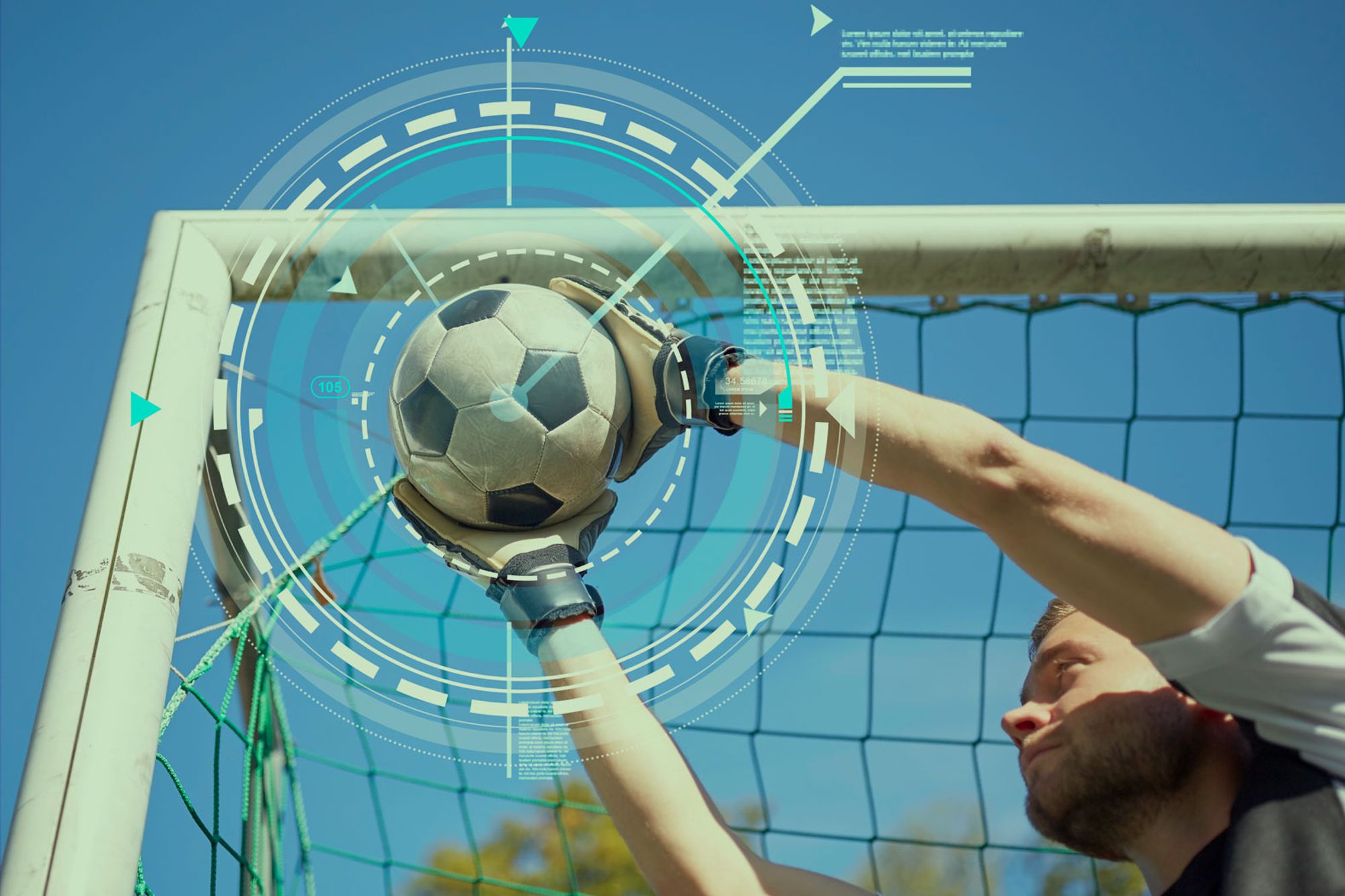
How technology is revolutionising the analysis of goalkeeper performance
Antoine Roex, Keeper In Motion – 5 September 2024
New technologies are revolutionising the analysis of goalkeeper performance. This article explores several case studies where the use of artificial intelligence, 3D video and advanced sensors has optimised goalkeepers’ skills, transforming their role in modern football. Find out how these innovations bring a new dimension to training and sports performance assessment.
The emergence of analysis technologies in sport
The analysis of sporting performance has been transformed by the integration of technology, particularly in football where goalkeepers now benefit from advanced methods to improve their game. High-speed cameras, GPS tracking systems and artificial intelligence (AI) have become essential for measuring and analysing every movement. Video analysis software allows goalkeepers’ actions to be analysed, errors to be identified and strategies to be adjusted accordingly. This meticulous analysis not only optimises individual performances, but also prepares goalkeepers to deal with the different styles of play of their opponents.
Using data for customised preparation
One of the most significant advances is the use of data for personalised preparation. By analysing statistics, coaches can identify trends in goalkeepers’ actions, such as the distribution of successful and unsuccessful saves according to shot position. This data can be used to design bespoke training programmes, targeting a goalkeeper’s specific weaknesses while reinforcing their strengths. For example, if the data shows that a goalkeeper performs less well on low shots, training can be geared to correcting this shortcoming.
Concrete examples of technological success
Internationally renowned institutions such as FC Barcelona and Bayern Munich have already adopted these technologies, with convincing results. These clubs use sophisticated systems that combine AI and video analysis to monitor their goalkeepers’ performances in real time during training sessions and matches. Adjustments based on these analyses have led to significant improvements in the responsiveness and decision-making of goalkeepers, enabling them to better anticipate opposing actions and improve their safety in goal.
Challenges and future prospects
However, the integration of these technologies is not without its challenges. The high cost of equipment and the complexity of interpreting data are major obstacles, especially for clubs with smaller budgets. In addition, over-dependence on technology can sometimes distract attention from the psychological and intuitive aspects of the game. In the future, the challenge will be to balance the use of technology with the development of goalkeepers’ natural skills, ensuring that technology is used to complement, not replace, human intuition.
Conclusion
Technology is undeniably revolutionising the analysis of goalkeeper performance, offering powerful tools for perfecting their game. While these innovations provide an undeniable competitive advantage, they require thoughtful adoption to maximise their potential while avoiding the pitfalls of over-reliance. Clubs that succeed in integrating these technologies in a balanced way will be better positioned to produce exceptional goalkeepers.
References :
